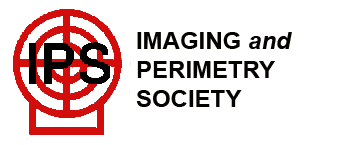 |
|
|
|
Computer Graphics Perimetry and other new stimuli: 1980 and beyondThe introduction of computer graphics has set the stage for a revolution in perimetric methods. Instrument developers were no longer limited to use of differential light sensitivity methods. William Hart, Jr. developed the first computer graphics perimeter. It was designed to measure color contrast throughout the visual field. While he was able to demonstrate an increase in sensitivity to detect defects using this method, he did not feel this innovative method was worth the extra trouble. Next came high-pass resolution perimetry developed by Lars FrisÚn. Also called the ring test, FrisÚn made use of vanishing optotypes as stimuli. Other types have followed: There are many unsolved issues in perimetry today including a lack of sensitivity and a high retest variability. Hopefully, advances in technology will enable clinically meaningful solutions to these issues.
Continue to References back to The age of automation: automating the Goldmann bowl: 1980 back to Table of Contents
Copyright 2008. Imaging and Perimetry Society |